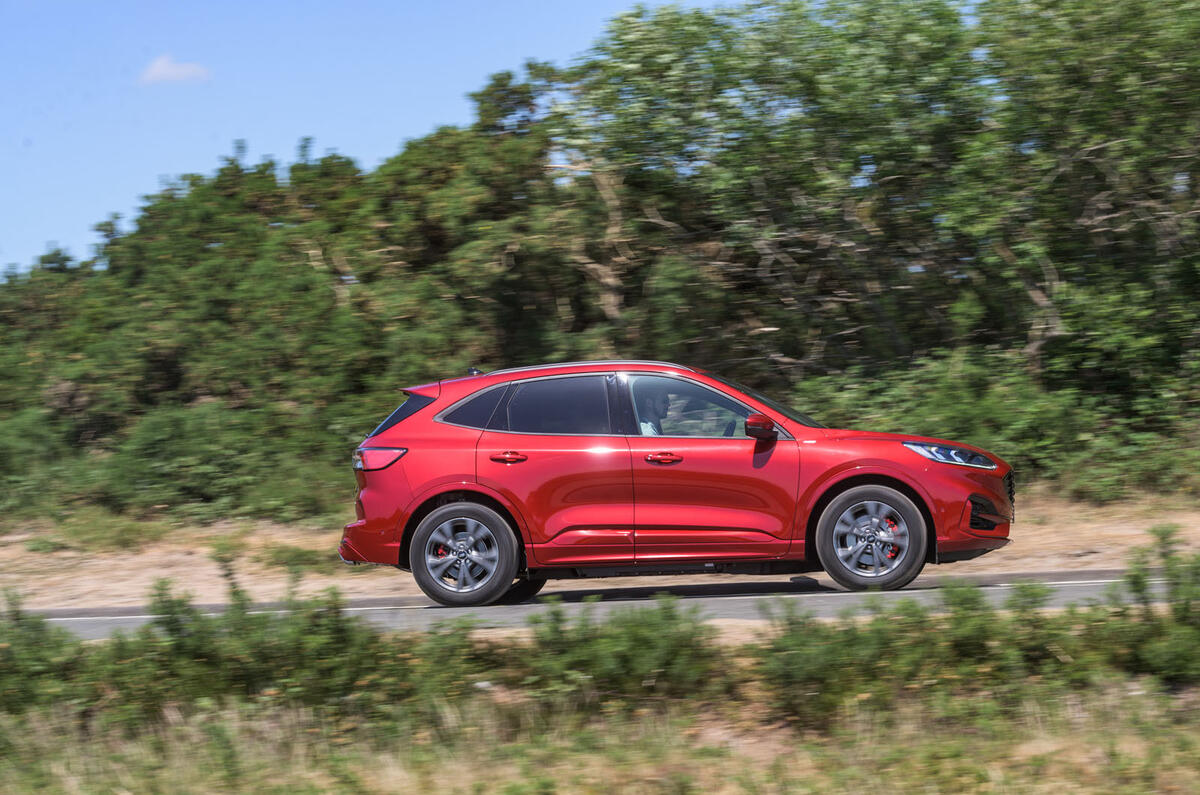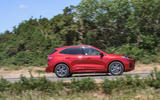What are the best ways to save on company car tax? Let's take a closer look.
It pays to plug in
Tax incentives for company cars emitting less than 50g/km CO2 (which includes all electric and most plug-in hybrid models) were renewed in 2020, so choosing one of these vehicles is by far the most effective way to reduce your tax bills.
Between April 2022 and April 2025, drivers who choose an electric car (rated at 0g/km CO2) will be taxed based on 2% of the list price, compared to 29% or more for an equivalent petrol, diesel or hybrid car. That usually equates to at least a 90% reduction in drivers’ Benefit-in-Kind payments.
Autocar's company car tax calculator shows exactly what you'll pay for every make and model
The restructure also differentiates between sub-50g/km plug-in hybrids, which have a spread of bands based on their electric-only range.
For example, in Dynamic spec, the Toyota RAV4 Plug-in offers a 46-mile electric-only range and falls into the 8% BIK band, compared with 39 miles and 12% for the Ford Kuga ST-Line Edition. Despite the Toyota’s £6,385 list price disadvantage, its company car tax is actually lower than for the Ford.
Choose options carefully
Besides the tougher test cycle, one of the biggest changes under WLTP is more granular efficiency data that recognises the effects of individual optional extras. The downside for company car drivers is that desirable options such as larger wheels tend to increase CO2 emissions (and reduce a plug-in hybrid’s electric-only range), which can nudge the car up a tax band or two. That’s a big price to pay over a three-year lifespan.
Keep an eye out for business editions
Fleets have massive buying power and can negotiate vehicle discounts that aren’t available to private buyers. However, company car tax is based on the published list price, so those savings aren’t passed down to drivers.
In response, some manufacturers offer specific trim levels, with a low list price, limited or no discounts and equipment tailored towards company car drivers. These offer reduced BIK payments compared with an equivalent retail-focused version.
Be open-minded
Vans and pick-up trucks are a bit of a BIK loophole. Instead of a sliding scale based on a CO2-weighted percentage of their list price, the taxable value is fixed at £3,600 (£0 if they’re electric), which can make them a tax-efficient alternative to a large car.
Most drivers probably won’t aspire to a van, but this has created a market for double-cab pick-ups. These offer huge towing capacity, high-spec trim levels and two rows of seats for moving the family around, but (as long as they provide a one-tonne payload) they’re still classed as a commercial vehicle. If you can live with the fuel economy and crashy ride quality of an unladen truck, you will be rewarded with lower tax bills than for an equivalent SUV.









Add your comment